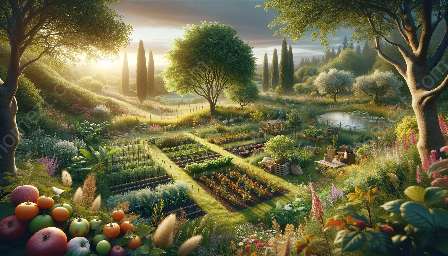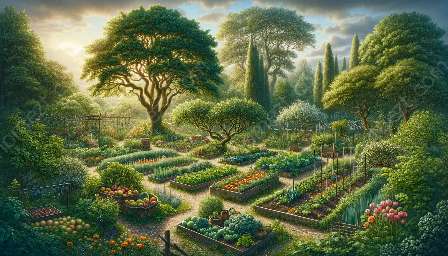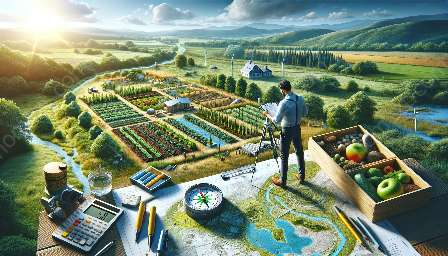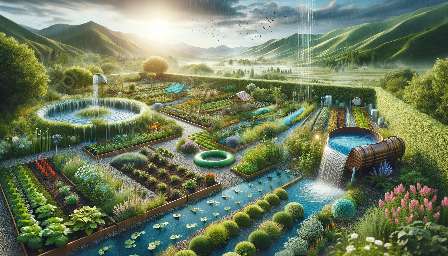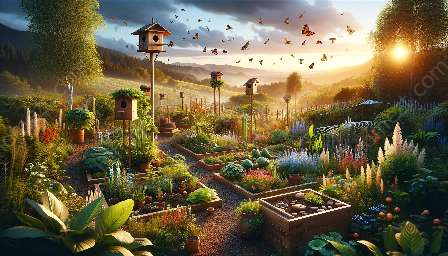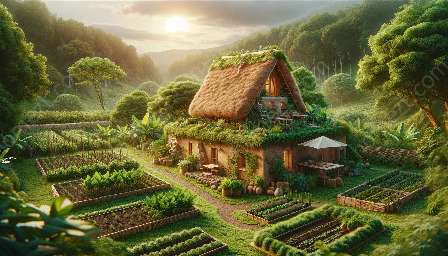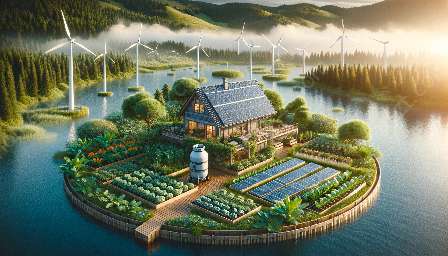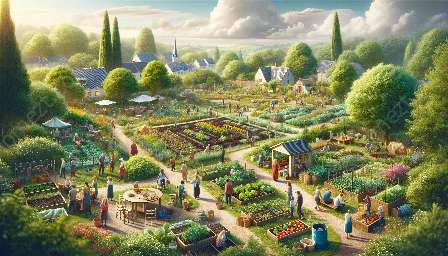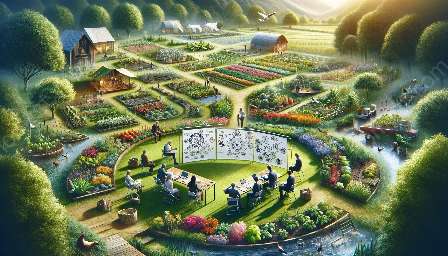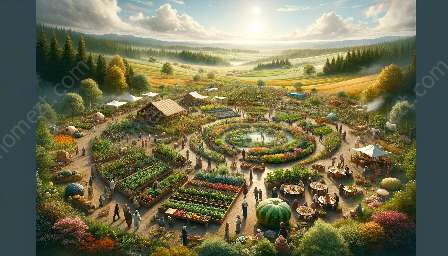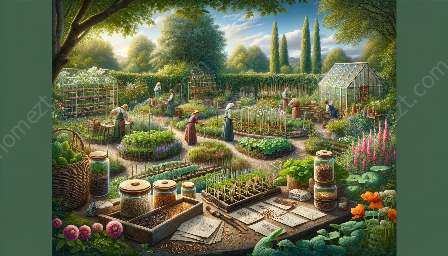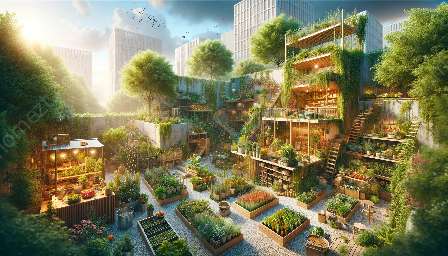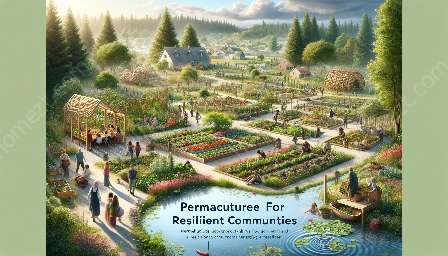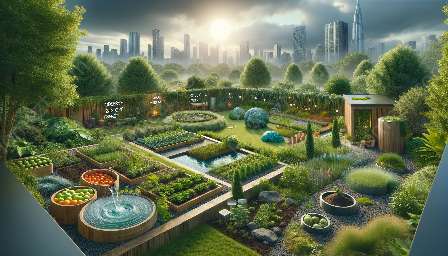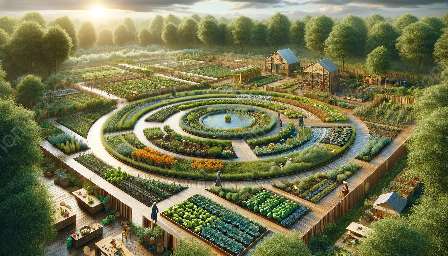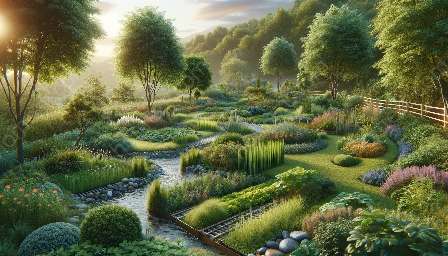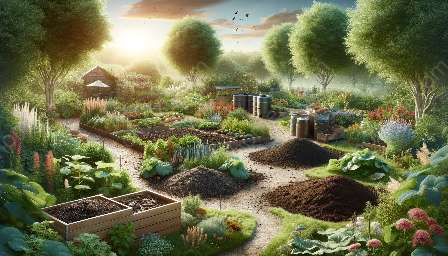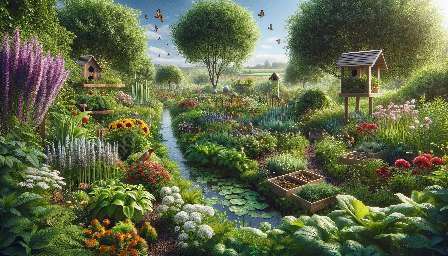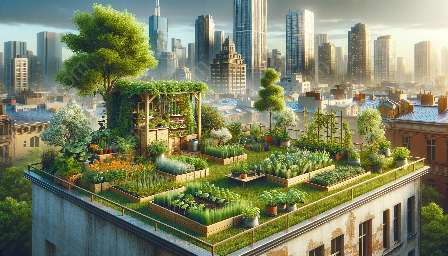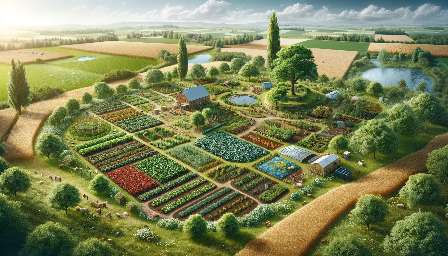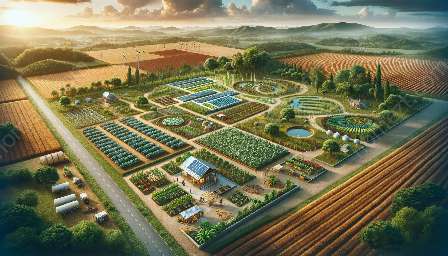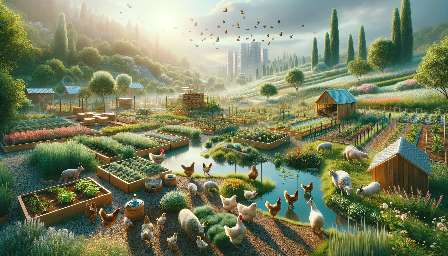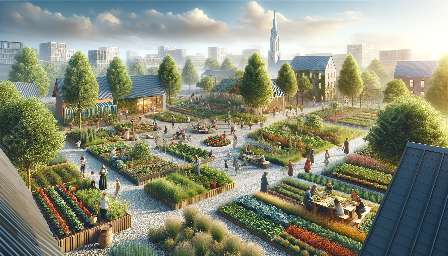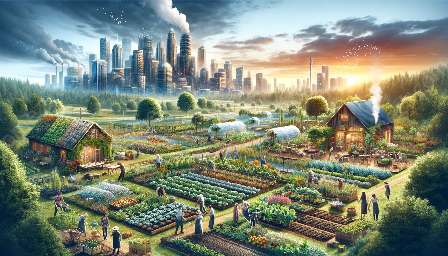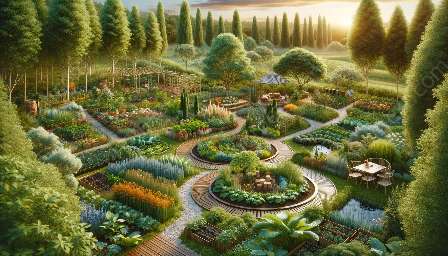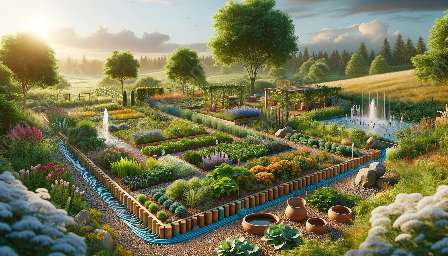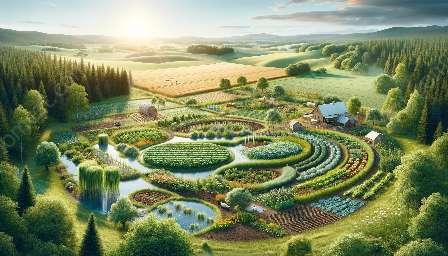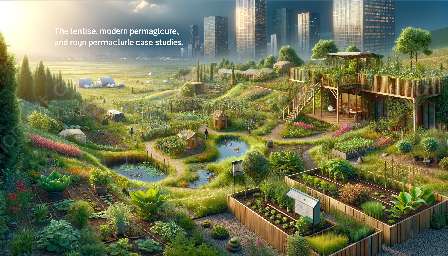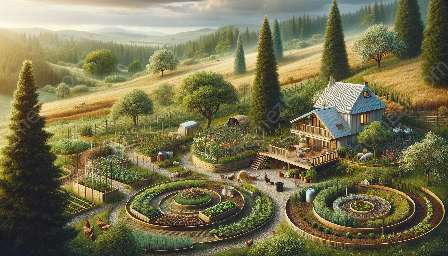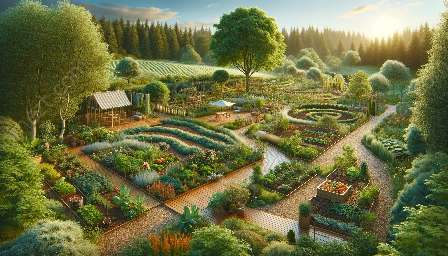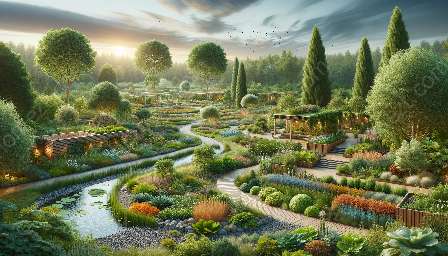Social permaculture is a powerful framework that integrates ecological design principles with social systems to create sustainable and regenerative human habitats. It emphasizes community building, cooperative relationships, and the well-being of people and the planet.
The Principles of Social Permaculture
Social permaculture principles are rooted in the ethics of care for the earth, care for people, and fair share. These principles guide individuals and communities to work towards harmony, resilience, and abundance while nurturing inclusive and thriving communities.
Permaculture encourages community building through the facilitation of mutual learning, shared decision-making, and collective action. It recognizes the strengths of diverse perspectives and seeks to connect people with nature, fostering a deep sense of belonging and stewardship.
Connection to Gardening and Landscaping
Gardening and landscaping are integral parts of social permaculture and community building. By tending to gardens and landscapes, individuals engage with nature, learn about cycles and patterns, and celebrate the interconnectedness of all living beings.
Interdependent Relationships
In the context of social permaculture, gardening and landscaping provide opportunities for people to cultivate meaningful relationships with each other and the environment. Shared gardens and communal green spaces become focal points for education, recreation, and the exchange of resources and knowledge.
Building Resilient Communities
Gardens and landscapes designed through permaculture principles contribute to the resilience of communities, providing food security, promoting biodiversity, and mitigating environmental impacts. They serve as living examples of sustainable practices and inspire neighbors to collaborate and support each other.
Empowering Community Engagement
Engaging in gardening and landscaping activities empowers individuals to take ownership of their living environments and participate in community decision-making. These activities foster a sense of responsibility, creativity, and cooperation while promoting physical and mental well-being.
The Role of Permaculture Design
Permaculture design offers a holistic framework for creating regenerative landscapes and nurturing communities. It encourages thoughtful planning, efficient resource use, and respect for natural systems, enhancing the quality of life for individuals while promoting the health of the surrounding ecosystem.
Conclusion
Social permaculture and community building, intertwined with gardening and landscaping, offer a pathway towards creating harmonious, resilient, and sustainable communities. By embracing the interconnectedness of nature and human society, individuals can cultivate a thriving culture of cooperation, compassion, and abundance, promoting the well-being of present and future generations.

